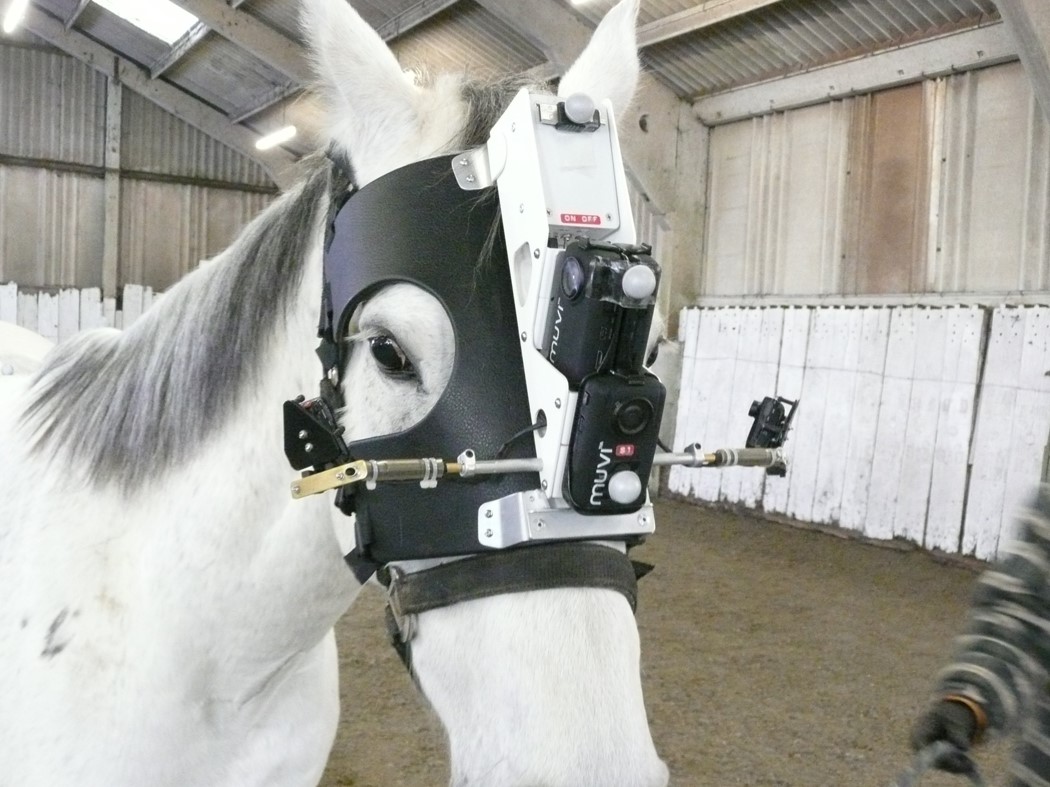Colours of the cinema screen

We take it for granted that modern films are made in colour and that they broadly reflect the world we see. Yet colour films dominated film production only in the silent era (1894-1929) and then not again until the late 1960s. Research led by Sarah Street is examining the nature and impact of colour filmmaking in British, American and European cinema.
She has investigated how colour films were made, from the application of colour by hand, stencil or applied tinting and toning methods that characterise the silent era, to photochemical processes such as Technicolor, and the monopack stocks that enabled colour films to dominate sound cinema.
Analysing the production and reception of a great variety of films made in different global contexts reveals that colour perception, understanding and appreciation are profoundly cultural phenomena influenced by prevailing aesthetic norms, national taste cultures and generic application. Whilst new technologies often claim new capabilities, to a great extent, today’s digital colour films follow the aesthetic conventions of past approaches to colour filmmaking. The research also links with film restorers and those concerned with the preservation of our colour film heritage.
